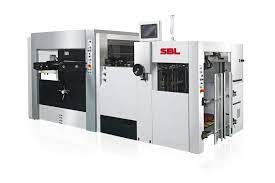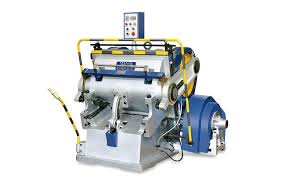Skip to content

Introduction to Die-Cutting
- Overview of die-cutting technology and its significance in manufacturing.
- Historical evolution of die-cutting machines from manual to automated systems.
Types of Die-Cutting Machines
- Description of manual, semi-automatic, and fully automatic die-cutting machines.
- Comparative analysis highlighting the unique features, benefits, and suitable applications for each type.
Materials and Applications
Exploration of the various materials that can be processed with die-cutting machines, such as paper, plastic, metal, and fabric.
Discussion on the wide range of applications in different industries, including packaging, textiles, electronics, and automotive.
Technological Advancements
Examination of recent technological advancements in die-cutting machines, such as digital interfaces, precision cutting technology, and integration with CAD (Computer-Aided Design) systems.
The impact of these advancements on production efficiency, product quality, and design capabilities.
Operational Efficiency and Sustainability
- Analysis of how die-cutting machines enhance operational efficiency through speed, accuracy, and waste reduction.
- Discussion on the sustainability benefits of die-cutting technology, including material conservation and energy efficiency.
Future Trends and Innovations
- Insight into emerging trends in die-cutting technology, such as the use of AI (Artificial Intelligence) for optimized cutting paths and the development of more sustainable, energy-efficient models.
- Speculation on the future impact of these innovations on manufacturing practices and industry standards.
Conclusion
- Summary of the critical role die-cutting machines play in modern manufacturing, emphasizing their contribution to precision, efficiency, and innovation.
- Reflection on the continuous evolution of die-cutting technology and its potential to address future manufacturing challenges.



